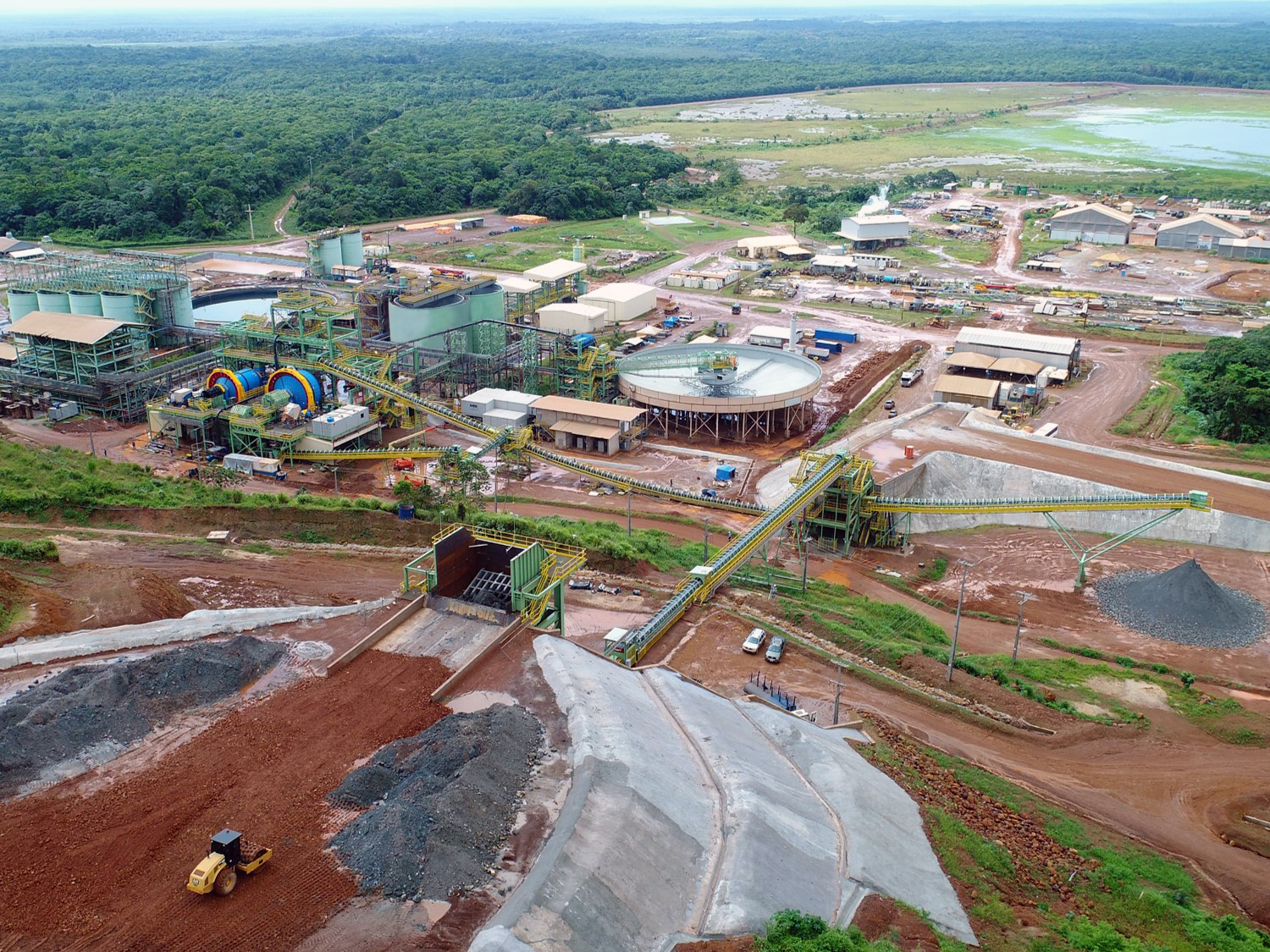South Africa’s century-old gold refiner runs at 75% as mines dim
“Our capacity is underutilized,” Bynas said in an interview. “So if shipments increase, we can strengthen.”
Part of this overcapacity is due to the decline of the South African gold industry, which peaked decades ago. The facility was originally built to end the practice of shipping raw bullion to London from the vast Witwatersrand Basin, which accounts for half of the gold produced on the planet. Power outages are now crippling the country’s economy and threaten to hasten the end of these businesses, the CEO said.
Rand Refinery also sources gold from Ghana, Democratic Republic of the Congo and Tanzania. These are the continent’s top producers, but a much larger stream ends up in smaller smelters that have sprung up across Africa. The plant aims to stay competitive by investing in new technology and improving the logistics for transporting Gold Doors from across Africa, sometimes using charter flights, Bynas said. .
Baijnath said there is currently no market pressure to further restrict refinery operations.
To date, the LBMA’s minimum performance requirements and strict responsible sourcing rules have prevented other African refiners from achieving certification. That hasn’t stopped him from finding markets for precious metals in Dubai and some European countries, Mr Bynas said.
Many of these unlicensed facilities are located in South Africa, where illegal mining has long been a problem. A surge in some of these refineries could lead to more gold smuggling across the continent, he said.
Share this content:














